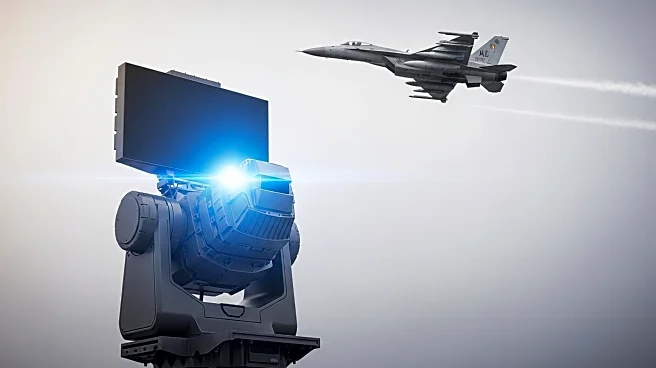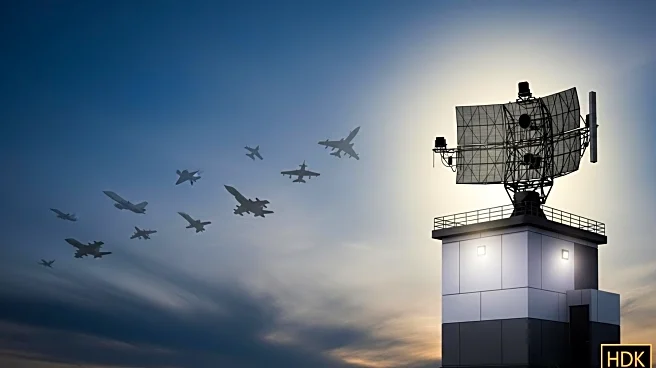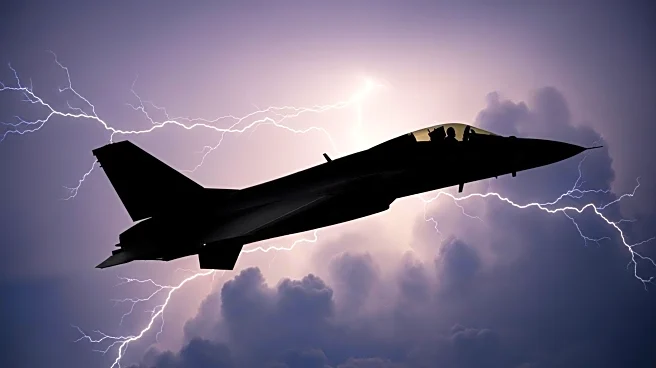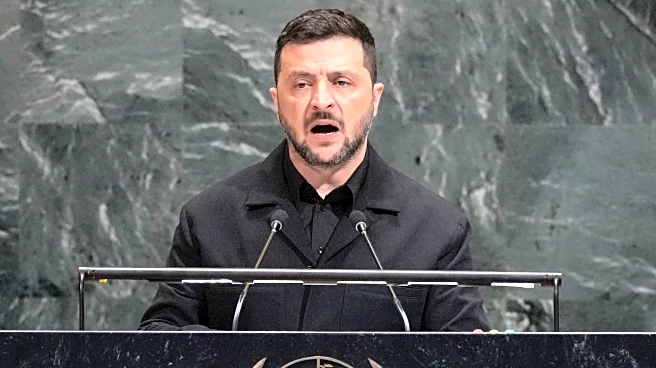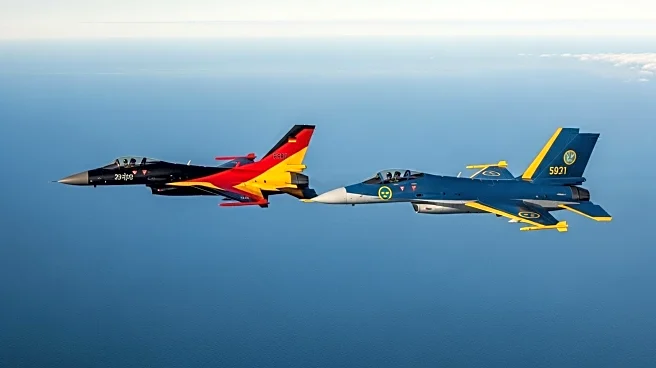What's Happening?
The North American Aerospace Defense Command (NORAD) intercepted two Russian Tu-95 bombers and two Su-35 fighter jets in the Alaskan Air Defense Identification Zone (ADIZ) on Wednesday. The Russian aircraft remained in international airspace and did not enter U.S. or Canadian sovereign airspace. NORAD deployed an E-3 Sentry, four F-16s, and four KC-135 tankers to intercept the Russian planes. This incident is part of a series of similar occurrences, with Russian military aircraft frequently operating near Alaska.
Why It's Important?
The repeated presence of Russian military aircraft near Alaska highlights ongoing geopolitical tensions between Russia and NATO countries. These actions are perceived as tests of U.S. and NATO readiness and could influence military strategies and defense policies. The incidents occur amid heightened alert in Europe, where Russian drones and aircraft have breached NATO airspace, prompting security concerns. These developments could lead to increased military readiness and diplomatic engagements to address the provocations.
What's Next?
The U.S. and its NATO allies are likely to remain vigilant, monitoring Russian military movements closely. Future incidents could prompt discussions on enhancing air defense capabilities and revisiting engagement protocols with Russia. Diplomatic channels may be utilized to address these provocations, while military strategies could be adjusted to ensure rapid response capabilities. The situation may also influence broader U.S.-Russia relations, impacting negotiations on arms control and regional security.

